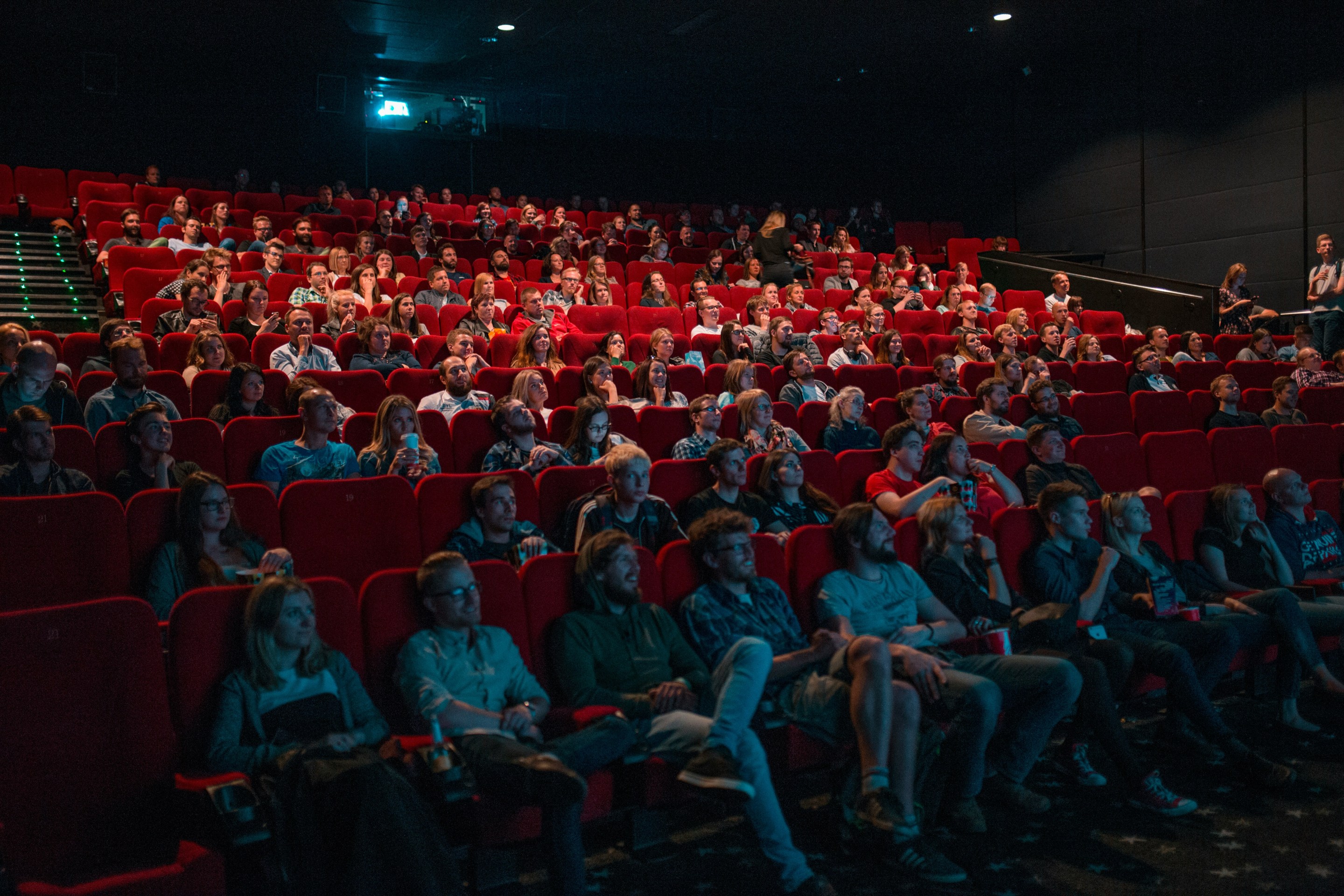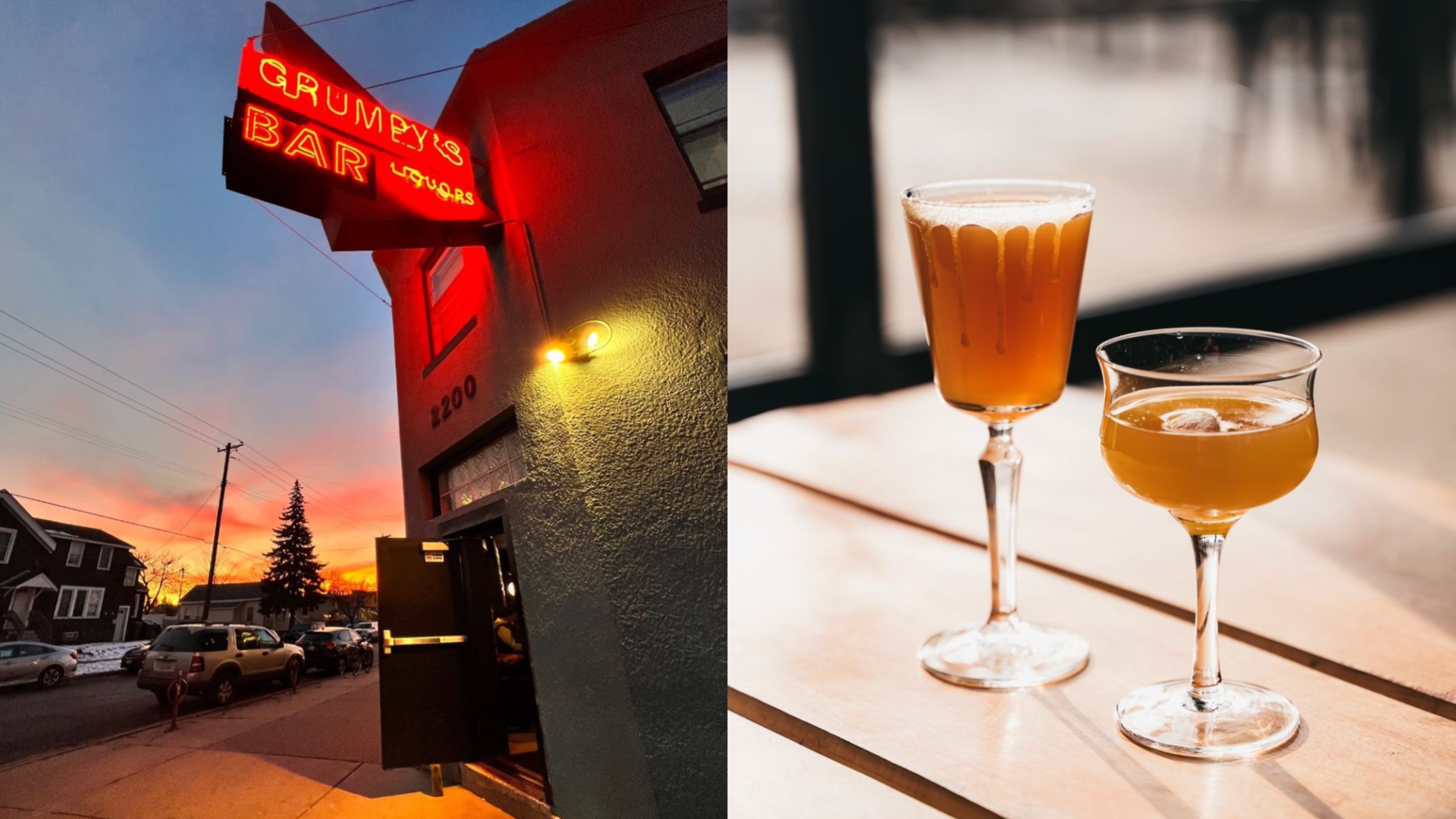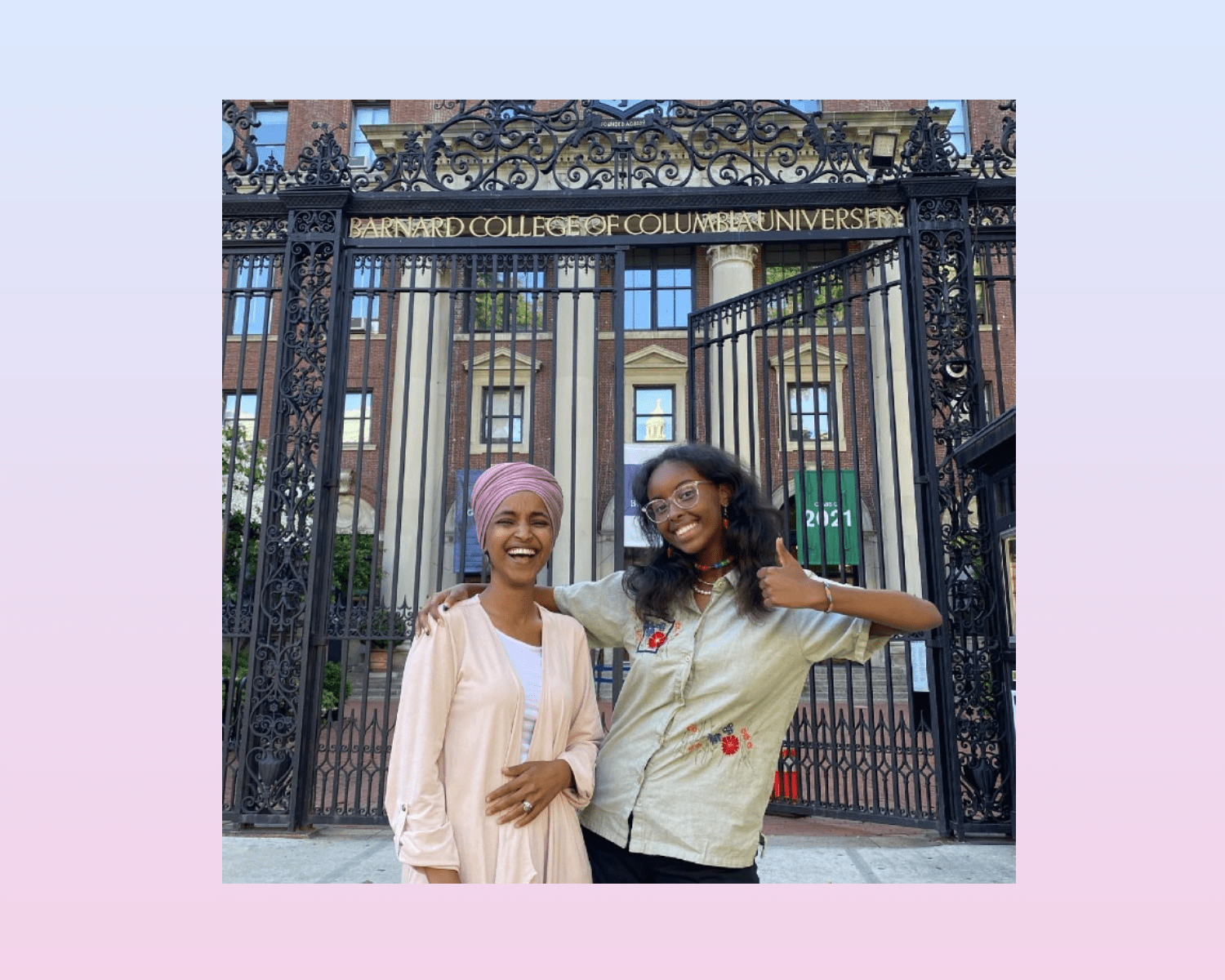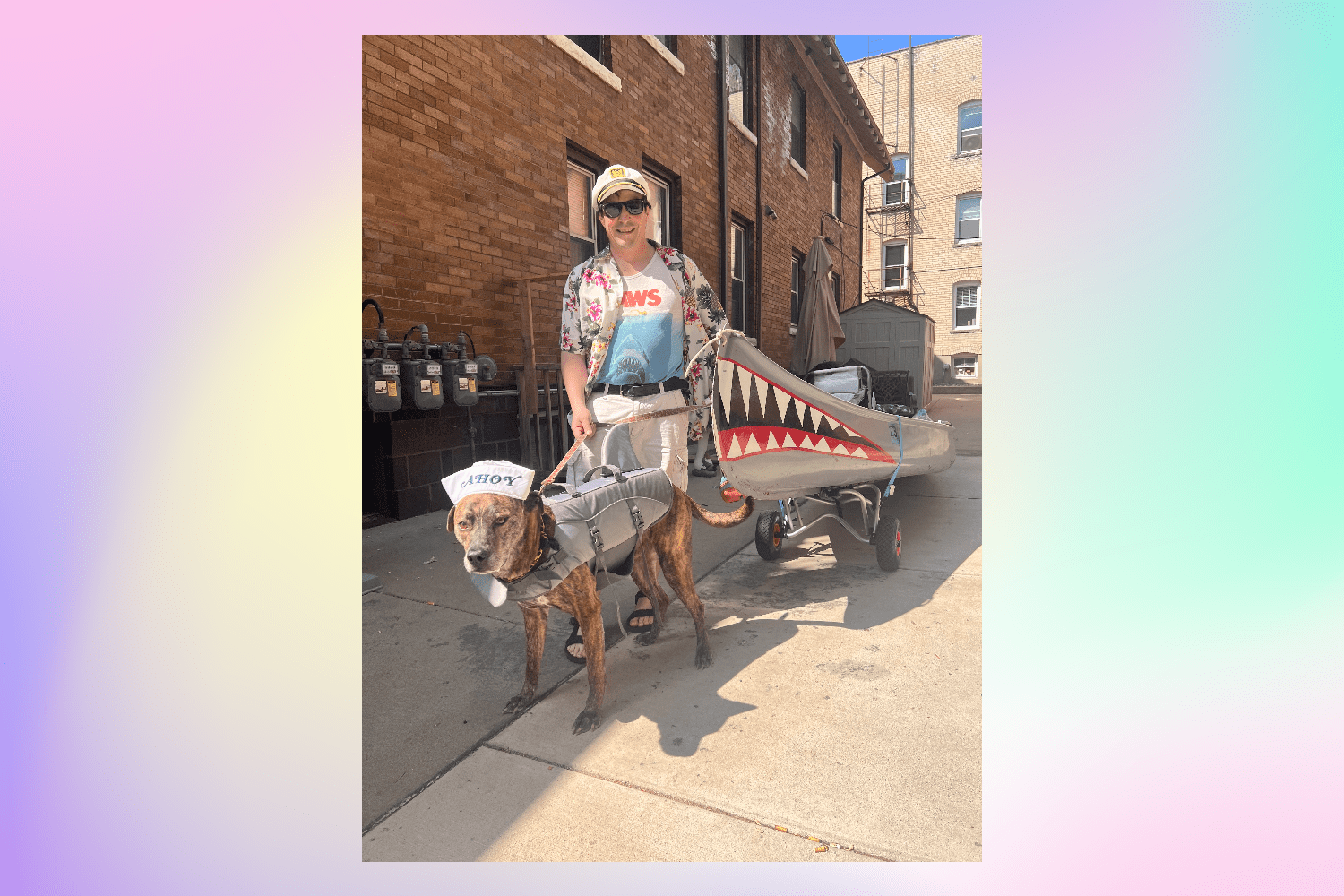69 Things We Wish We Knew Before We Moved to the Twin Cities
A beginner’s guide to living in Minneapolis-St. Paul.
7:58 AM CST on February 16, 2022
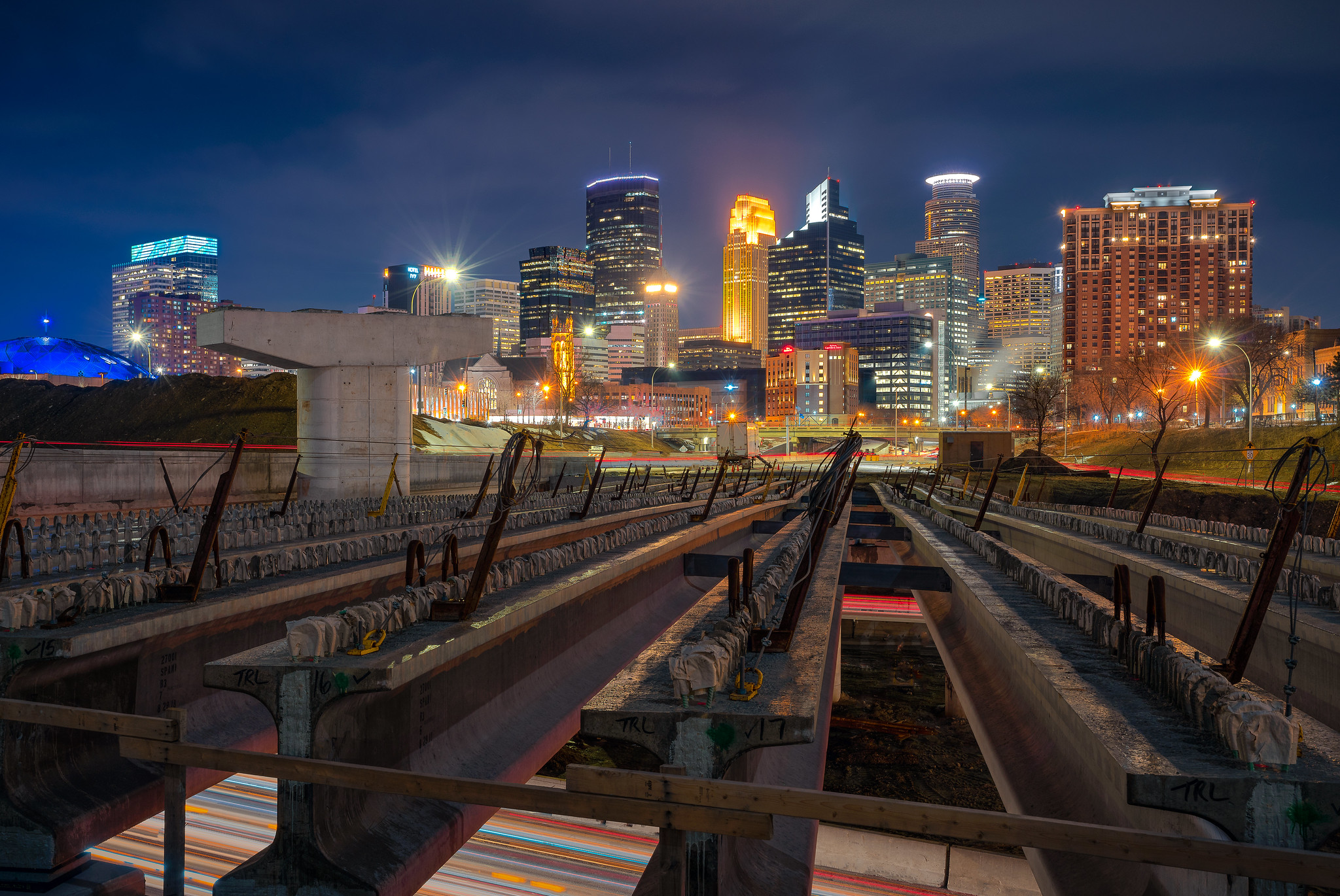
In this visual metaphor, you’re “building” a new life in Minneapolis, like so many freeway bridges.
Here’s something you may or may not know about Racket: Three of our four staffers were not born in Minnesota. We weren’t even raised here. We moved here as adults, and will never be 100% true authentic Minnesotans. (The exception: Jay is south Minneapolis born and raised, a fact he lords over us all relentlessly.)
Like other transplants, Em and Jessica and Keith had to learn their way around, which means we’ve got our own perspectives on this place. One day, while sitting around the (nonexistent) Racket office, we started wondering what would have been helpful, or at least interesting, to know before we got here. So we did what all time-strapped 21st-century journalists do: We asked Twitter.
And Twitter answered. A good 90% of the responses were about how hard it is to make friends with Minnesotans or to drive on the freeways. (Hats off to the Minnesotan who got fed up with the griping and responded: “A lot of these replies seem to be ‘the people here all socialize wrong, so rather than try to adapt to the local culture I will bad mouth them all and complain that no one wants to be my friend.’”)
We incorporated some of that Twitter input, along with suggestions from other Racket pals, into the list of advice to newcomers you see below here. You’ve got some facts, some (perhaps disputable) generalizations, and some (indisputably hilarious) jokes. So, is our primer definitive? Bah, how could it be? There’s always something more to learn.
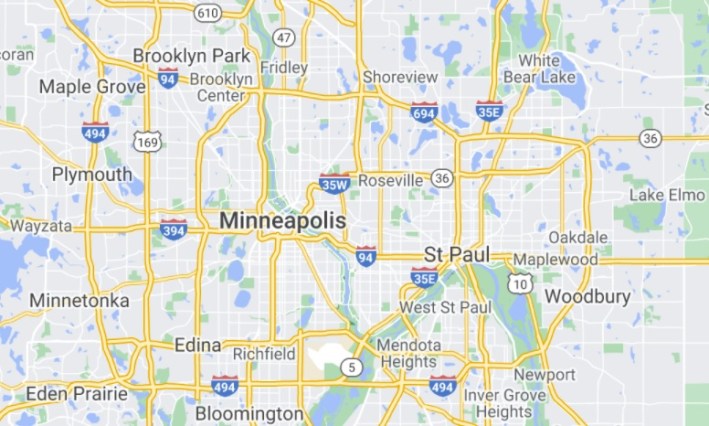
The Basics
Uptown is south of downtown Minneapolis. Northeast Minneapolis is north of downtown but east of north Minneapolis. South St. Paul is its own city, as is West St. Paul, which is also south of St. Paul, but west of South St. Paul. Make of this what you will.
St. Paul is right next door to Minneapolis, but psychologically it can feel infinitely distant. The way people talk about the different cities might seem ridiculous to you at first, but each city does have its own identity. There’s a rivalry between the two, with some resentment from the residents of the smaller city, and some smugness on the part of the larger city’s residents. The good news is, if you need a change, like after a bad breakup or something, you can literally move to St. Paul and start a new life.
The part of Minnesota outside of the Twin Cities metro area was once simply called “outstate” but is now covered by the somewhat over-aggrandizing euphemism “Greater Minnesota,” a term brought into use by bocce-crazed Minnesota governor Rudy Perpich in the early ’80s.
Minneapolis avenues usually go north-south, and streets usually go east-west. There's no 21st or 23rd Street in south Minneapolis. The avenues west of Lyndale are named alphabetically. The streets in northeast are named for U.S. presidents, beginning chronologically with Washington.
You don’t have to be a committed Hibernophobe like former governor Jesse Ventura to get spun around in St. Paul. Learn the main north-south roads between the Mississippi River and Capitol with this mnemonic: "Calling for support, help lone driver with route." Otherwise, you'll get lost forever.
It feels like a convenient name, but don’t call Minneapolis and St. Paul “the Cities” unless you want to sound like you come from, well, Greater Minnesota.
You should get up to Duluth. It’s only a couple hours away from Minneapolis and St. Paul. That’s the subject of a whole ’nother list, though.
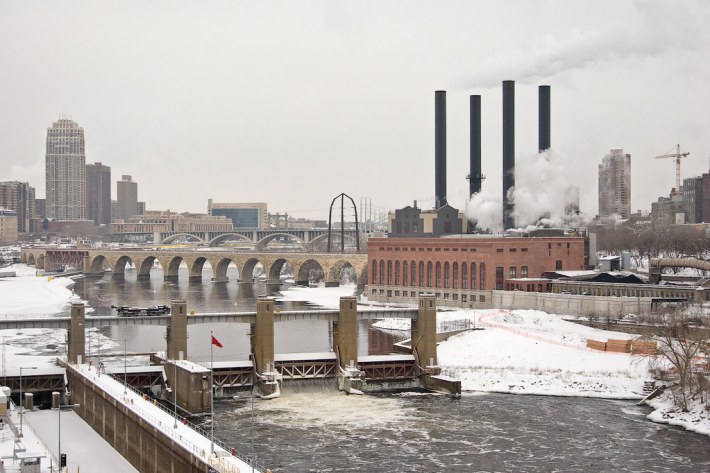
Is It Really That Cold?
Well, yes and no. OK, mostly yes. Temperatures can drop below zero, though they don’t stay there all winter long. But the temp rarely rises above freezing for any significant length, so once it snows, that stuff will be on the ground till it warms up in, say, March.
So winter’s over in March? Not exactly. There’s a fakeout around then where it seems like spring has truly arrived, but the temperature bounces up and down for weeks before the warm weather sticks around. Honestly, the Prince song should be called “It Pretty Much Snows Every April.”
Don’t even pretend you’re tougher than the winter. Layering is a cliché for a reason, and you’ll need to master the ins and outs of appropriate dressing, especially if you’re going to spend any real time outdoors. Here’s a great thread on how to stay warm that’ll get you started.
If you like wearing stylish or otherwise not entirely practical boots, buy some ice cleats to attach to them. You don’t have to go crazy—the cheap gas station cleats will do. Only a fool would try to get through the winter in sneakers.
Minneapolis and St. Paul do not fuck around when it come to snow emergencies. When they say they will tow your car, they will. All of us car-owning newbs have had to make our trips to the impound lot, but as rites of passage go, it’s an expensive one. In Minneapolis, the tow fee is $138 and the ticket is $45; in St. Paul, the tow fee is roughly $275 and the ticket will run you $56.
That said, the less dense (or just plain wealthier or whiter) an area you live in, the less likely they’ll get around to towing you. If this seems unfair that’s because it is.
Not only does it get cold, but it gets dark too. (Because we’re up north and further from the sun etc.—you know, science.) In December, the sun sets at around 4:30. The good news is—and you have to remind yourself of this every year—is that even while winter is growing colder, the days are getting longer.
Pipes freeze. Leave a faucet dripping on the coldest winter nights. Make sure the wall behind your dishwasher is insulated.
You don’t have to be a winter sports nut to make it through the winter, but you do have to get outside fairly regularly, especially on those “warm” days in the 20s.
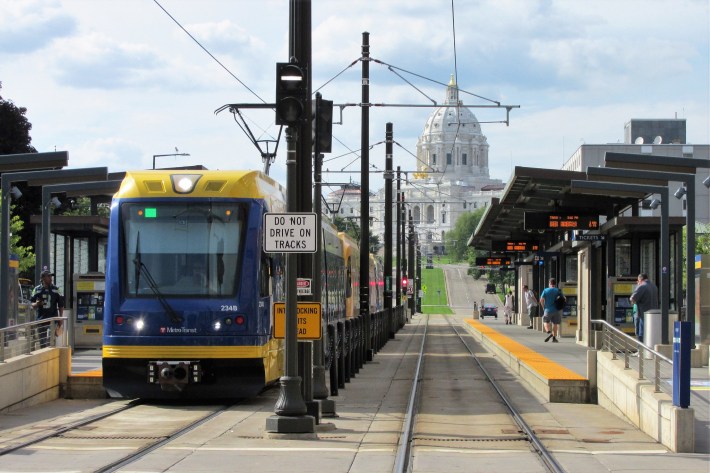
Is It Really That Hot?
Congratulations! You have survived your first Minneapolis winter. Here is your reward: a hot and humid summer with hordes of mosquitoes.
Minnesotans of a certain socioeconomic tier tend to own cabins “up north” and discuss them with one another. This can be kind of annoying, since you don’t own a cabin and never will, because they’re passed down through the generations. What’s even more annoying is that cabins are actually kinda great. Maybe you’ll swing an invite, or maybe you’ll have to marry a Minnesotan.
The plus side of cabin culture for us proles: The Twin Cities empty out in the summer and we have everything to ourselves.
OK, last cabin thing, promise. The Department of Natural Resources rents out camper cabins in certain state parks. They typically have four beds, which depending on your levels of intimacy, means you can bunk up to eight people for $80-$90 a night.
Minnesota is proud of its lakes (all not exactly 10,000 of them) and many are indeed very pretty. But they’re kind of gross to swim in, even when they’re safe to. There are lots of great pools and water parks in the area though.
The flipside of the extra-dark winters is that at the height of summer the sun sets well after 9 p.m.
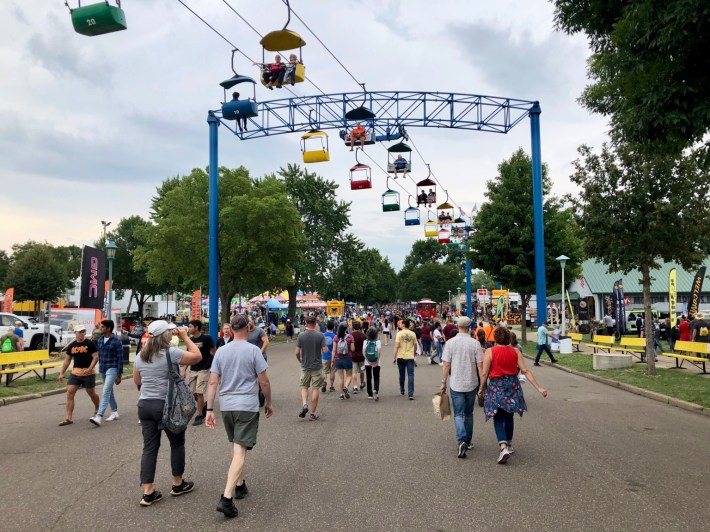
What to Do and What to Don't
The Mall of America is a mall. A big mall, yes, but just a mall. There are some fun kiddie coasters there. But mostly: just a big mall. Like a small mall, but bigger. So big in fact, that they couldn’t even find enough unique stores to fill the thing, so there are multiple Caribou Coffee stores, multiple Lids hat stores, and so on.
Get a library card. In fact, get two library cards—one for Hennepin County and one for Ramsey County. You’re eligible for both, and sometimes you can get materials faster from the less trafficked Ramsey County system—which also gives you access to Kanopy.
The Walker Art Center really is terrific—a great modern art museum with a spacious outdoor public art space, a site for touring performing arts and film events, connected to downtown Minneapolis by a bridge bearing a John Ashbery poem—but the Minneapolis Institute of Arts is free. You can just walk in and start looking at stuff, no cash or credit needed.
Both cities are rife with parks—the oft-cited (and close-to-true) stat is that wherever you are in Minneapolis, there’s a park within six blocks of you. But don’t stick close to home all the time. Every south Minneapolis resident should know Theodore Wirth. No north Minneapolis resident should miss out on Minnehaha Falls. No Minneapolitan should deny themselves Hidden Falls in St. Paul. And so forth.
There’s enough parkland in the Twin Cities that you might get all of your outdoors fix without leaving the metro area. Force yourself!
Yes, Minnesotans really do care about the State Fair as much as they say. They’re not being ironic or campy about it. Is it “better” than other state fairs? Besides the point. It’s fun.
You’ll enjoy the fair more if you go with a Minnesota lifer. They’ll have opinions and suggestions, and favorites and a regular itinerary. It’ll be a much richer and less overwhelming experience than figuring it all out for yourself for the first time.
That loud, terrifying sound you hear at 1 p.m. on the first Wednesday of the month? That’s just a test of the tornado warning sirens. Scary as hell, though, even when you’ve been here a while.
You may as well keep rooting for your old hometown teams, unless you like to suffer.
No one is going to make you eat lutefisk, don’t worry.
Minnesota’s liquor laws are slowly crawling into the post-Prohibition era. As recently as 2017, you couldn’t buy alcohol on Sundays, necessitating traditional beer runs to the state borders. And still, the only beer you can buy at gas stations and grocery stores is 3.2 beer (named for its alcohol percentage, by weight). It doesn't exist anywhere else in America—not even Utah—because why would it?
Since many white Minnesotans are averse to spicy food, especially older generations, restaurateurs of color often expect your tastes to be on the bland side. So if you want actual heat, you might need to reassure your server.
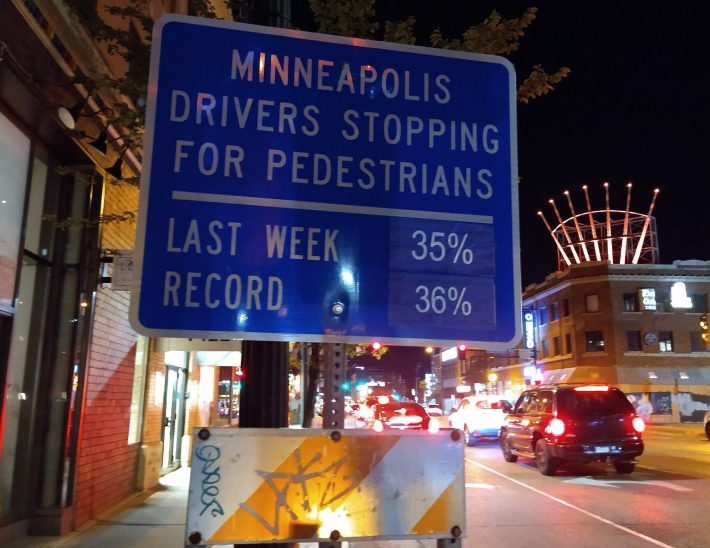
Getting Around
Yes, Minnesota drivers suck. Drivers everywhere suck.
“Minnesotans can’t zipper merge” is the “Minnesotans never take the last piece of cake/pizza” of traffic complaints—not untrue, but a strange point to obsess over. Maybe we don’t spend enough time on highways for it to bother us? Maybe you spend too much time on highways?
That said, the Minneapolis highway system seems poorly designed, with abbreviated on-ramps and staggered right-left exits that seem to create unnecessary traffic. (Oh, also, the construction of both I-35W and I-94 totally destroyed historical Black neighborhoods.)
The weirdest Minnesotan driver tic is to inexplicably leave about a full car-length between vehicles stopped at a red light. It’s unclear what purpose this serves other than backing traffic up further than necessary. Does your car need its own personal space?
Never turn left into the Wedge parking lot.
Minnesota drivers don’t mind speeding, but they hate accelerating. They may crawl onto the highway, but give them about five miles of open road and they’ll be up to 70 mph eventually.
You’ll need to take the written test to get a Minnesota driver’s license, so get ready to relearn all those little irrelevant rules you’ve forgotten since you were a teen.
U-turns are mostly legal, and you can usually turn left on red from a one-way street to another.
35W doesn’t go west; 35E doesn’t go east.
You can park for free in metered spaces on certain holidays, even the essentially imaginary ones like President’s Day, in Minneapolis and St. Paul.
Certain folks here, especially older homeowners, believe there is an inalienable right to park directly in front of their homes. It borders on a mania.
You will rarely use the skyways in either city if you don’t work downtown. You will never learn your way around more than a small part of them, and the maps will not help you. It is always faster to walk outside.
Despite being two of the coldest cities in the U.S., Minneapolis and St. Paul have some of the best bike infrastructure: hundreds of miles of trails and bike lanes.
The airport is really close, which makes it both convenient and, if you live in south Minneapolis, loud.
You can tell which way an emergency vehicle is coming from behind or coming laterally depending upon whether the emergency light is flashing or solid.
Even if you don’t regularly use mass transit, pick up a "Go To" card at a grocery store and put $30 on it. It's great to have in crowded event situations or if you don't feel like digging your car out of the snow.
People thank the bus drivers here.
Let us be your dad for a minute: Always carry a spare shovel in the trunk of your car just in case. Also antifreeze. Cat litter. Maybe a blanket.

The Curious Ways of Minnesotans
The term “Minnesota nice” is often misused by folks who don’t live here to mean that the people of Minnesota are pleasant, which they often are. But what it really means is that the people of Minnesota are pleasant whether they like you or loathe you. The fact that a Minnesotan is being polite to you doesn’t mean they want to be. It’s just a default setting.
Minnesotan passive-aggressiveness is legendary, a topic of much discussion among transplants, not exaggerated, and occasionally infuriating. The plus side is that if you don’t care what people think about you, you can get away with pretty much anything. Who’s gonna stop you?
So, yes, your friends in the Twin Cities will likely be other transplants. You will hear and probably participate in extensive debates about whether that’s due to Minnesotan standoffishness or the simple fact that people here are more likely to have childhood friends and family than in many big cities.
Is there one last donut/cookie/slice of pizza? Take it, because Minnesotans won’t. This is one of those traits that has been noticed and discussed so much it has become a “thing,” a way for Minnesotans to acknowledge their cultural peculiarity in a cute way. Honestly, we’re so sick of hearing about it we almost didn’t bring it up.
A similarly much-discussed habit is the “Minnesota Goodbye,” a prolonged farewell at the end of a party or gathering, supposedly motivated by the notion that Minnesotans will feel rude if they leave first. Again, this is not a big deal. If you don’t like it you can really just leave.
This is a small town in many ways. If you’re single when you get here, you will date your friends’ exes. You will make friends with your exes’ exes.
Minnesotans are generally fascinated with themselves and love to hear other people talk about them. They particularly love when national media gets them wrong, which it often does.
How safe is it here? Well, it’s been a rough couple of years, not gonna lie to you. Without downplaying anyone’s genuine concerns, let’s just say that Minneapolis and St. Paul tend to forget that they are cities, and that cities, simply because they pack many people into relatively small areas, have crime. (Or they expect crime to be centered in, well, certain parts of town.)
There’s a real boosterish strain in certain Minnesotans that leads them to claim celebrities as “one of us” no matter how peripheral their relationship to the state. Did you know Orson Welles was born in Wisconsin? Probably not. But if he’d been born in Brainerd we’d have never heard the end of it.
There’s a tradition of wealthy paternalism in Minnesota, with old established families “protecting” local businesses from encroaching “outside” corporate interests, supporting cultural institutions, and wielding power, whether as elected officials or through less direct means, to preserve stability and implement the policies they support. These established forces do not view dissent kindly.
The Twin Cities aren’t quite as pale as their Scandinavian reputation might have you believe. Minneapolis is now about 64% white, St. Paul 57% white. There’s a large African immigrant (and now immigrant-descended) population, particularly Somali, and Minnesota also has the largest Hmong population in the U.S., mostly centered in St. Paul.
Segregation is a Twin Cities tradition, established historically through redlining and preserved in all sorts of official and nonofficial ways in the years since, with its effects reflected in shocking racial disparities in academic achievement and homeownership. If you want to be friends with people who don’t look like you, it takes work.
As you might expect, subtle liberal racism coexists quite nicely with “Minnesota nice.” The not-so-subtle kind too.
Yes, the Minneapolis police really are that bad.
This is a little hard to explain, but in some ways the Twin Cities can be easier to get a handle on if you’re not from here. In other words: “An outsider’s perspective can actually help the right kind of savvy newcomer thrive … because you notice the inner workings of local society that are often invisible to folks who grew up here.”
Make as many generalizations about the Minnesotan temperament as you want, but ultimately the people here are neither quintessentially decent heartlanders nor deceitful, mistrusting phonies. They rule and suck in roughly the same proportion as people everywhere.
And if you’re really having a hard time making friends, go to an event and tell someone there you read about it in Racket, the most beloved website in the Twin Cities. If they don’t know what you’re talking about, you don’t want to be their friend anyway.
Read More:
Stay in touch
Sign up for our free newsletter
More from Racket
We Come to This Friday Open Thread to Talk About Movies
Hey Racket readers! It's your turn to talk about whatever you want.
Eat and Drink for Cheap at These 25 Twin Cities Service Industry Nights
Discounted tallboys and THC beverages, $3 shots, bottomless guacamole, and more killer deals for hospitality workers.
Freeloader Friday: 80 Free Things To Do This Weekend
Record Store Day concerts, 420 parties, clothing swaps, and group bike rides.
Barnard College Demonstrates Commitment to Free Expression by Suspending Isra Hirsi for Protesting
Plus school district drama, another union Starbucks, and Lake Chipotle 2.0 in today's Flyover news roundup.
Meet David and Goliath: Best Friends, Minneapolis Sidewalk Celebrities
Cities thrive on characters, and these matching buddies are getting noticed all around town.
